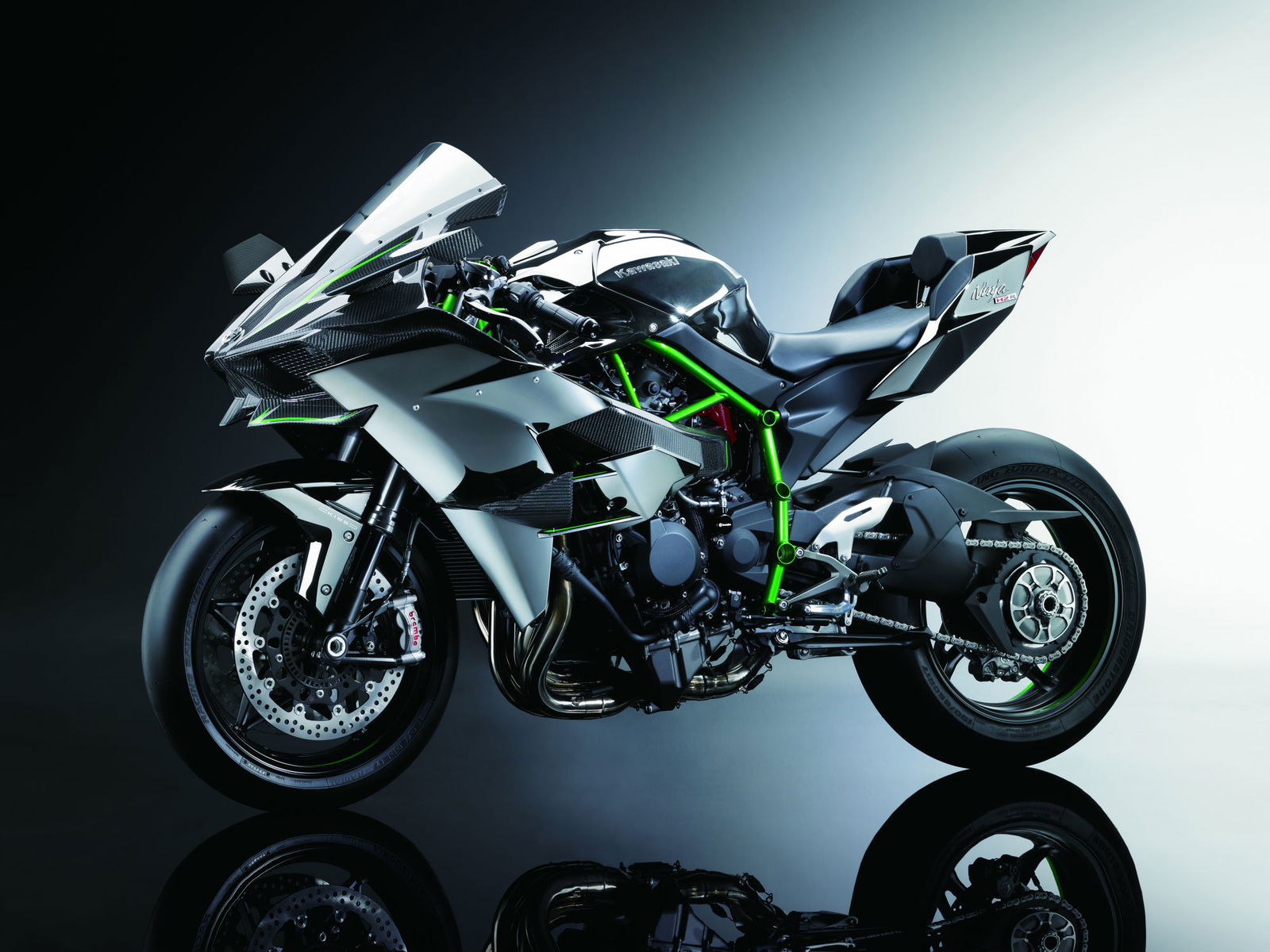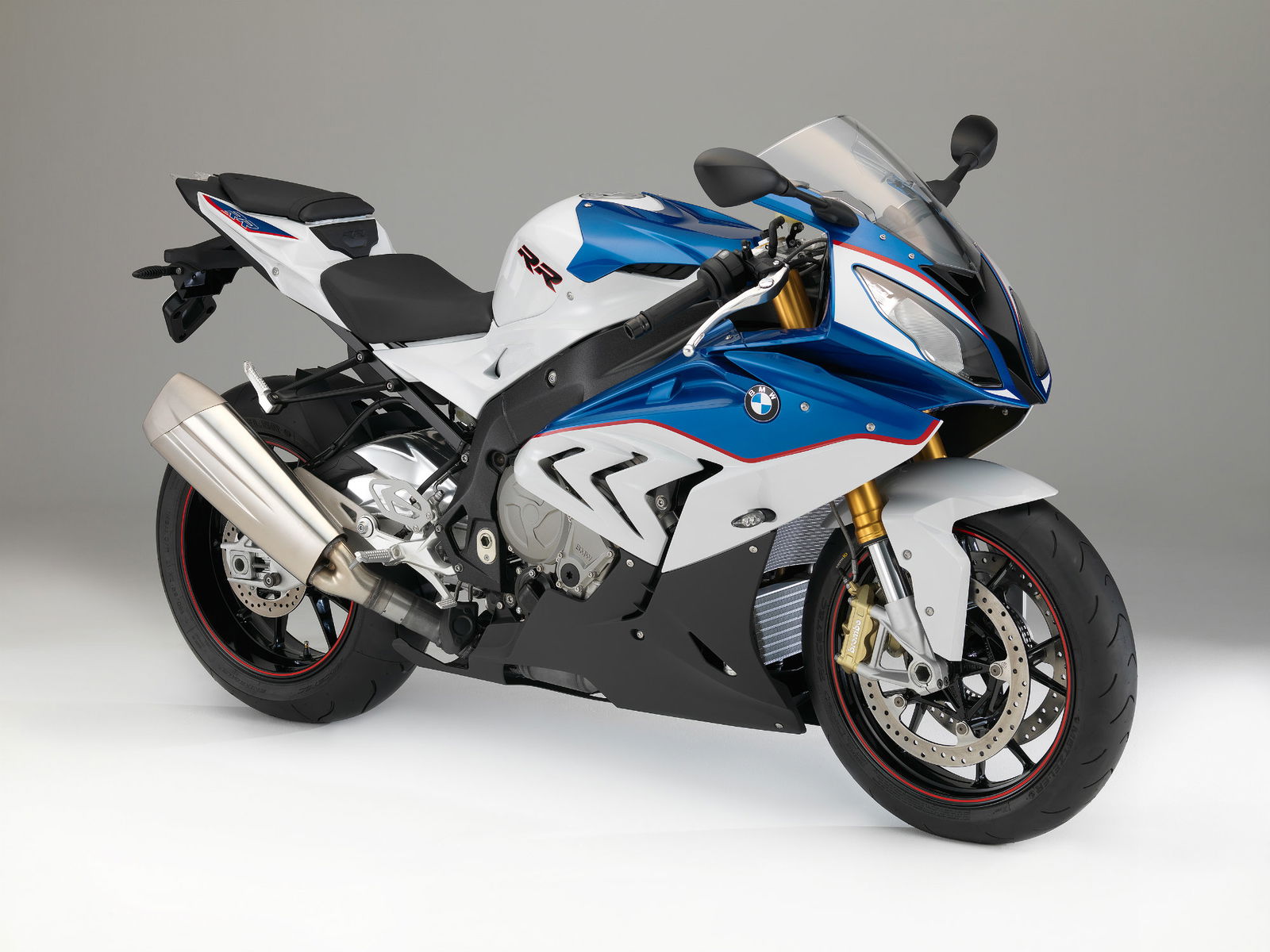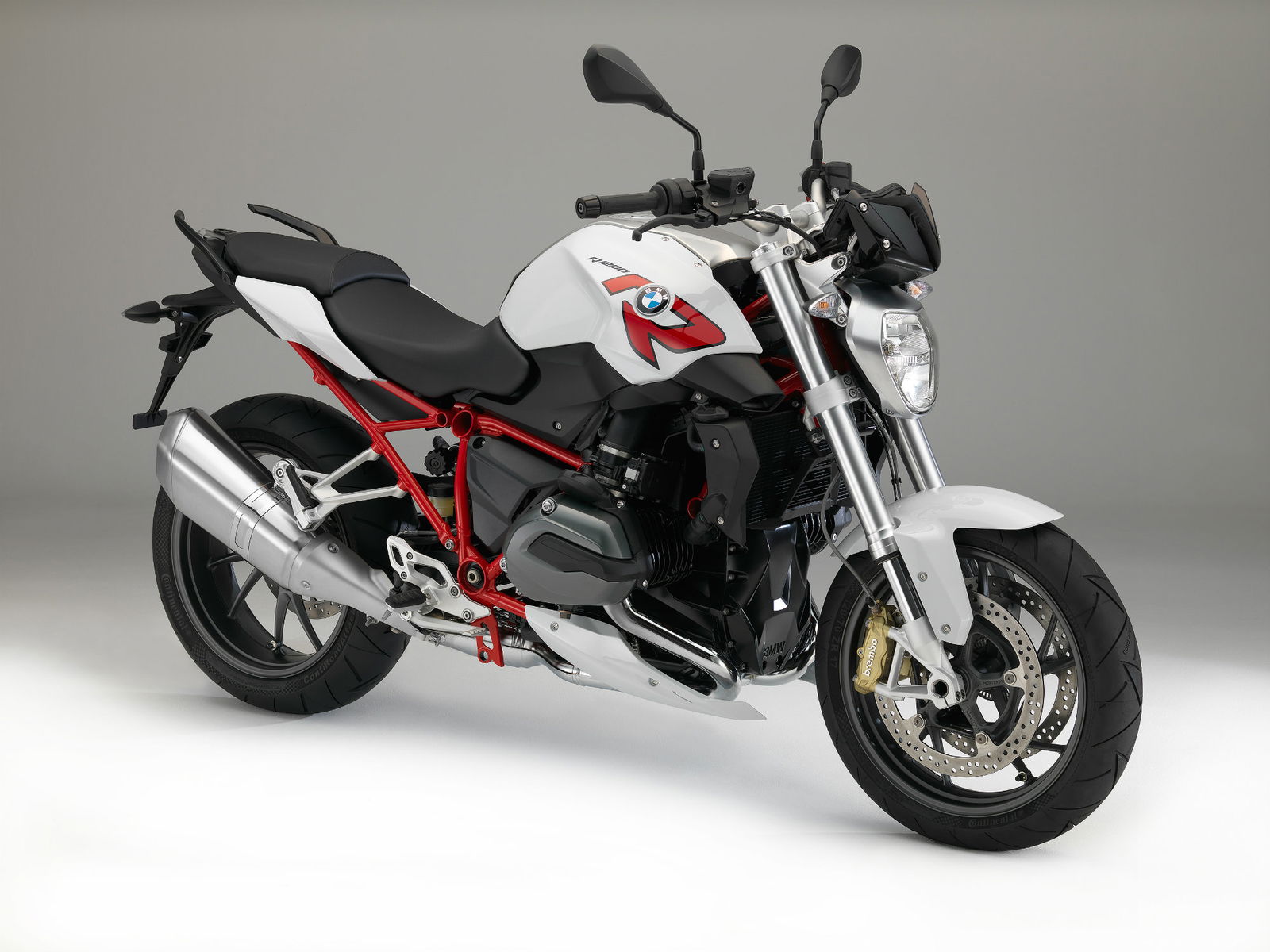Intermot 2014: Kawasaki Ninja H2R specs and pictures revealed
Closed-course superbike will make ‘roughly’ 300hp, road-legal bike tuned to 200hp


KAWASAKI has released pictures and details of the H2R, a closed-course version of the highly-anticipated H2.
It’s confirmed the 2015 model will be powered by a 998cc supercharged liquid-cooled inline four. Official power figures haven’t been released yet but Kawasaki has said the H2R makes ‘roughly’ 300hp.
The motorcycle-specific scroll-type supercharger was designed completely in-house with help from companies within the Kawasaki Heavy Industries (KHI) Group and according to Kawasaki ‘was the key to achieving the maximum power and the intense acceleration that engineers wanted.’
The H2R will put all that power through a 120/600R17 front and 190/650R17 rear shod with Bridgestone V01 slick tyres.
Instead of giving the H2R a long wheelbase, which in turn slows down the handling, carbon-fibre upper and lower wings have been fitted to aid stability. A new single-sided swing arm and steel trellis frame were also developed to provide strength whilst allowing flex to absorb disturbances at high speed.
Kawasaki’s Aerospace Company was enlisted in creating the carbon-fibre bodywork to ensure aerodynamic efficiency. The fairing helps to maximise cooling by improving heat dissipation and has mirrored-finished black chrome paint.
The road-legal H2 will be unveiled early November at EICMA and produce 200hp - more details as they come.
A release from Kawasaki said:
When Kawasaki first conceived the Ninja H2R, the driving development concept was to offer the kind of acceleration no rider had experienced before.
That a motorcycle be “Fun to Ride” is one of Kawasaki’s guiding principles. But while there are many ways for a motorcycle to be enjoyed, it was felt that having incredible acceleration was a major factor in delivering ultimate riding exhilaration.
Powering the Ninja H2R is a supercharged engine with a design target of 300 PS allied to a compact design on par with power units found in supersport litre-class models. The key to achieving this incredible performance lies in the engine’s supercharger—a motorcycle-specific unit designed completely in-house with technology from other companies within the Kawasaki Heavy Industries (KHI) Group: the Gas Turbine & Machinery Company, Aerospace Company and Corporate Technology Division.
KHI Group technology was not limited to the supercharger. Advanced technological know-how shared from other group companies is found throughout the all-new engine and chassis design. For example, the carbon-fibre upper and lower wings that ensure stability when riding in the ultra-high speed range were designed with assistance from Kawasaki’s Aerospace Company. This is but one example, and this inter-group collaboration combined with the level of technology poured into this model is the reason the Kawasaki River Mark* is displayed prominently on the front of the Ninja H2R.
When it came time to name this model, using “Ninja”—a name synonymous with Kawasaki performance and shared by many legendary models over three historic decades —was an obvious choice. But this model is also named for another epoch-making model, whose 2-stroke 748.2 cm3 Triple gave it an intense acceleration that made it a sensation around the world: the Mach IV 750, also known as the “H2.” For a model designed to offer “the kind of acceleration no rider has experienced before” we can think of no better name.
Built Beyond Belief. In 2014, Kawasaki is once again ready to unleash a new sensation upon the world.
*The Kawasaki River Mark is a long-time symbol of the KHI Group dating back to the 1870s. As a policy, its use on products is rare and limited to models with historical significance. But for the Ninja H2R permission to use this symbol was granted.
KEY FEATURES
Never-before-experienced Acceleration
In order to be able to offer intense acceleration and a top speed in a range that most riders never have a chance to experience, it was essential that the engine be able to produce big power. While a large-displacement engine could easily provide a high engine output, to ensure a lightweight, compact overall package a compact engine was also desired. Using a supercharged engine—essentially enabling a high-performance engine to be downsized—allowed both of these engine design requirements to be met: maximum power output has been targeted at 300 PS, and the engine size of the 998 cm3 In-Line Four is on par with other supersport litre-class power units.
In-house-designed Supercharger
The supercharger used in the Ninja H2R was designed by Kawasaki motorcycle engine designers with assistance from other companies within the KHI Group, namely the Gas Turbine & Machinery Company, Aerospace Company, and the Corporate Technology Division. Designing the supercharger in-house allowed it to be developed to perfectly match the engine characteristics of the Ninja H2R. The highly efficient, motorcycle-specific supercharger was the key to achieving the maximum power and the intense acceleration that engineers wanted to offer.
Chassis Design
The objectives for the Ninja H2R’s chassis were to ensure supreme stability at ultra-high speeds, offer cornering performance to be able to enjoy riding on a closed course, and finally to have a highly accommodating character. Ordinarily, high-speed stability can easily be achieved with a long wheelbase, but a shorter wheelbase was selected to achieve the compact overall package and sharp handling that were also desired. The frame needed not only to be stiff, but also to be able to absorb external disturbances—which, when encountered while riding in the ultra-high speed range, could easily unsettle a lesser chassis. A new trellis frame developed using the latest analysis technology provided both the strength to harness the incredible power of the supercharged engine, and the balanced flex to ensure the stability and feedback for high-speed riding.
Aerodynamics
As speed increases, wind resistance increases exponentially. To be able to operate in the ultra-high speed range, a combination of high power and slippery aerodynamics is needed. With power requirements taken care of by the supercharged engine, the next step was to design bodywork that both minimised drag and ensured control when riding at ultra-high speed. Assistance from Kawasaki’s Aerospace Company was enlisted in creating the aerodynamically sculpted bodywork to ensure maximum aerodynamic efficiency.
Intense-Force Design & Craftsmanship
Wanting to ensure a bold design worthy of a model that carried both the “Ninja” and “H2” names, the prime styling concept chosen for the Ninja H2R was “Intense Force Design.” As a flagship for the Kawasaki brand, it required presence, and a styling that reflected its incredible performance. But the design is much more than cosmetic. While it certainly looks the part, the Ninja H2R also possesses a functional beauty: each piece of its bodywork was aerodynamically sculpted to ensure stability at ultra-high speeds; the cowling design also maximises cooling performance and heat dissipation, aiding in achieving the engine’s roughly 300 PS output; and the Ram Air duct is ideally positioned to bring fresh air to the supercharger. More than any motorcycle Kawasaki has built to date, the Ninja H2R is a showcase of craftsmanship, build quality and superb fit and finish—right down to the high-tech mirrored-finish black chrome paint specially developed for this model.

